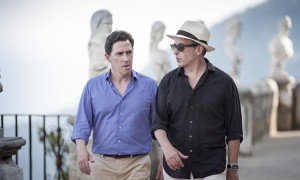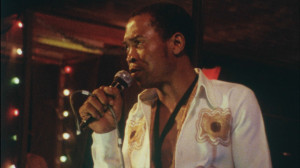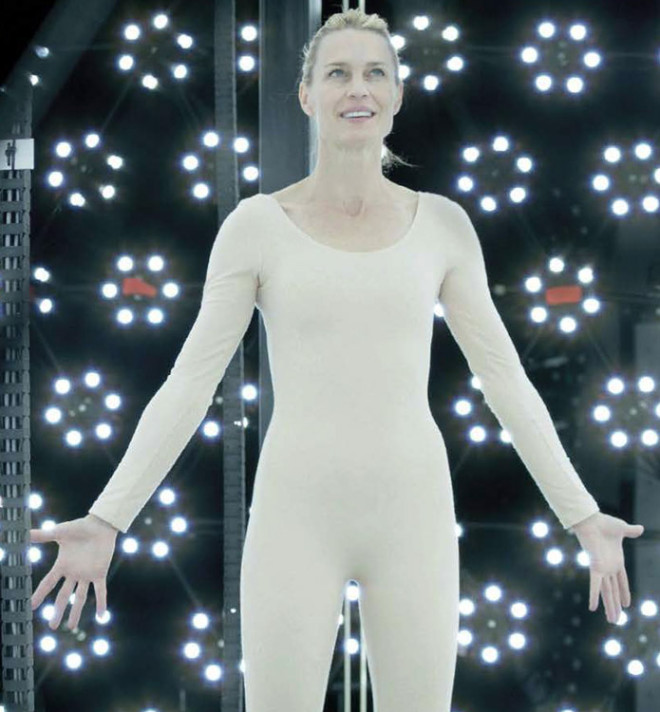Film Diary: Labor Weekend Edition

This last weekend of August is known as Labor Day, and the studios use this date as a drop zone for films they’re unsure about. But it works both ways, for every wide release we also get limited releases of small independent productions that are worthwhile if not downright staggering in their luminosity.

Those who know, know. What they know is that The Trip to Italy only has to follow the template of its predecessor at half-speed to be a great ride. The two guys are less contentious towards one another in the sequel, and the film spends a good bit of time following The Grand Tour through Italy. We dine where poets died. Brydon does his Small Man in a Box to a frozen corpse in a glass case at Pompeii. Whereas Coogan was the one getting laid and Hollywood offers in The Trip that task now belongs to Brydon in The Trip to Italy. They listen to Alanis Morissette.
Both films are edited down versions of respective BBC six-part television shows. In the telly version there’s a lot more information about the food and its preparation yet the film still qualifies as a foodie delight. In one scene they are served an appetizer that appears to be some kind of risotto cooked and served inside an unpeeled onion. I don’t live in a world where an idiocentric exercise in filmmaking like The Trip to Italy can’t equal the most cinematic pleasure you can imagine.
Big ideas can come from the most intimate films. I’m thinking of movies like the recent Mood Indigo, and now The Congress opening at the Alamo Drafthouse Vintage Park.
The Congress blends science fiction with social satire to great effect. There are so many mind-blowing things that happen that I am reticent to reveal too much in order to save the audience some surprises of their own. Based on a sci fi book by Stanislaw Lem, The Congress suggests that the future will be an artificial wasteland where we worship one or two celebrities, with everybody surrounded in a kind of phantasmagoric mass hallucination that replaces the real world. Lem is probably the second most successfully adapted sci fi writer after Philip K. Dick. Lem’s most famous credit would be for Solaris.
Robin Wright stars as a fictional version of herself. Her agent (Harvey Keitel) sets up a meeting with a studio head (Danny Huston) where she’s offered a Faustian bargain. She can never act again and she will allow the company to scan her body and emotions in order to create a seemingly real actress that will be immortal. The company wants Princess Buttercup as a ninja warrior.
Effectively divided into three parts that use different cinematic techniques, The Congress takes the viewer into the future with a sense of payback. A couple of decades after signing her deal Wright finds her contribution to the arts and sciences has been transformed into a manner of controlling a sedate populace. Expect some occasional animation that will remind of the style of Miyazaki (who incidentally was announced today as the recipient of an honorary Oscar at this year’s annual Governor’s Awards).
In a limited weekend engagement Finding Fela will unwind at the Museum of Fine Arts, Houston. The Alex Gibney directed documentary chronicles the life of the Nigerian musical superstar.

— Michael Bergeron














